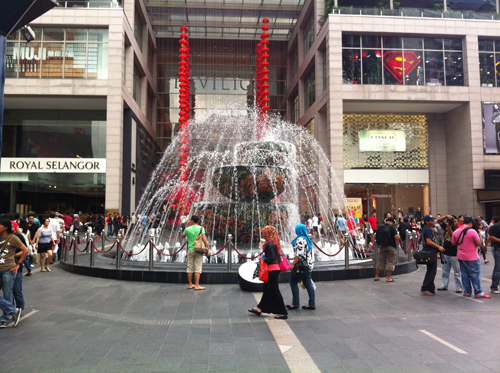Export packaging and labelling, particularly for Asian markets, can be a minefield for the uninitiated. Nada Young offers some in-market advice.
Look and feel, functionality and compliance can sometimes act as opposing forces, but they must come together before your goods are ready for export.
Look and feel
Whether you’re in retail or food service, the influence your packaging has on sales should not be underestimated. To compete in an international arena you cannot afford to ignore good design.
Resist the urge to add Chinese characters to your label or change the design so it appeals to Asian consumers. Despite what you’ll hear from design and consulting companies about market specific packaging design (that it’s good business) there is simply no need to design new packaging for each market.
The best thing you can do is keep your brand integrity intact and easily recognisable. You don’t see bottles of Coca-Cola with panda bears on them when you open the chiller in Taiwan, or Merlions on a Coke can in Singapore.
The last thing you want to do is confuse your customer. Authenticity means everything in a region that’s plagued by food safety scandals and counterfeit goods.
If you’ve spent any time researching market specific labelling and compliance you will know it can be a bit like unravelling a knotted fishing line. Follow one thread, only to be snagged on an indecipherable jumble the deeper you go. F&B is a highly sensitive sector where public health and safety are concerned.
Generally speaking, it’s very easy to comply with local labelling regulations by simply affixing a small sticker with the necessary information to your packaging. Your importer should be able to assist and in many cases they will even print and affix the sticker in-market.
Just be mindful of how the sticker will affect appearance. While in Hong Kong recently I was dismayed to see a great Kiwi brand rendered almost unrecognisable by a huge white distributor sticker that not only covered the entire front side of the box, it also had the wrong distributor on it. The worst part was that the sticker was affixed by the exporter in New Zealand. Thankfully, our distribution partner graciously agreed to employ a small army of ‘Aunties’ to carefully peel off the offending stickers and replace them with the correct label.
When packaging a product for export it is important to keep in mind the following:
- Breakage
Take your mode of transport into consideration. The packaging must be designed to handle repeated loading and unloading in warehouses, trucks and containers. It will be subject to different types of weather, humidity and extreme temperatures. It may even be stacked, pushed, shoved, dragged or dropped on its voyage. Depending on what you are exporting, consider whether hot, humid climates such as those common to Southeast Asia, may affect your product and take precautions. For example, shipping your goods with a thermal liner is a simple, low cost way to protect your product against the most extreme temperature fluctuations. - Shelf Life
The longer the shelf life the better. Most distributors get very nervous when presented with products that have a shelf life of less than 12 months. There are some excellent new packaging innovations that mean you can add months to the shelf life of your product by simply changing the plastic or closure. - Weight
International freight is expensive from New Zealand and bulky items generally cost more to ship (large packs mean less units per square metre in the container). I’ve seen major brands have to cut some of their best SKUs from the export portfolio because the freight component pushed the price above the competition. - Pilferage
Luxury items and alcohol are excellent targets for thieves. Just last month we had a pallet of wine arrive in Hong Kong with five cartons mysteriously missing from the middle of the stack. Make sure your goods are insured and consider using cartons with no company logos, or shrink-wrapping pallets to deter raiding hands.




